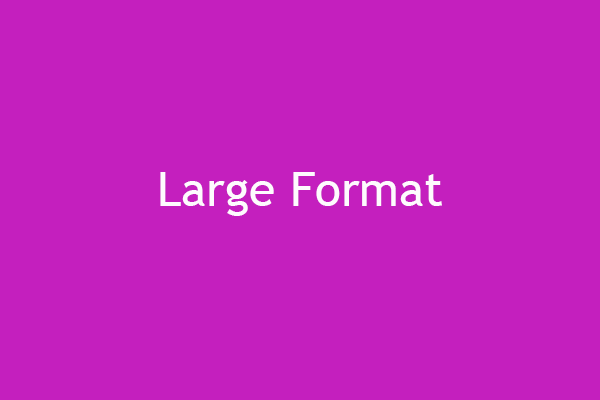What Extra-Large Movie Format Is?
Extra-large movie format typically refers to screens that are at least 60 feet wide and have a screen-to-auditorium ratio of at least 1:1. This means that the screen is the same width as the auditorium, which creates a much more immersive viewing experience than traditional screens. In addition to being larger, these screens are also curved, which helps to eliminate any distortion and provides a more uniform image.
To support these larger screens, theaters need to upgrade their projectors as well. Extra-large movie format projectors are capable of delivering brighter and more vibrant colors, which are essential for creating a truly immersive experience. They also have higher resolution than traditional projectors, which means that viewers can see more detail in the image.
Why Extra-Large Movie Format Becomes So Popular?
One of the main advantages of extra-large movie format is that it provides a more immersive experience for viewers. When watching a movie on a traditional screen, it’s easy to feel like you are just watching a movie. However, with an extra large screen, viewers are enveloped by the image and feel like they are part of the action. This can be particularly effective for action and adventure films, where the immersive experience can make the viewer feel like they are right in the middle of the action.
Another advantage of extra-large movie format is that it helps to create a sense of community among moviegoers. When watching a movie on an extra large screen, it’s impossible to ignore the people around you. This can lead to a more communal viewing experience, where people laugh and gasp together. It also creates a sense of excitement and anticipation before the movie starts, which can add to the overall experience.
Extra-large movie format is becoming increasingly popular among moviegoers, and theaters are responding by installing more and more of these screens. Some theaters are even converting entire auditoriums to extra large movie format, which demonstrates just how popular this trend has become.
How to Send Large Video Formats?
It’s no secret that extra-large movie format has become increasingly popular in recent years, offering moviegoers a truly immersive viewing experience. However, when it comes to sharing large video formats, whether it’s for personal or professional use, the process can be a bit trickier. In this part, we’ll discuss how to send large video formats and what tools are available to make the process easier.
When it comes to sending large video formats, one option is to use a cloud-based file sharing service such as Dropbox, Google Drive, or WeTransfer. These services allow you to upload your video files to the cloud and then share a link with the recipient, who can then download the file. This is a convenient option, as it allows you to send files of virtually any size, but it may not be the best choice for those who are concerned about the security of their files.
Another option for sending large video files is to use a dedicated file transfer service such as Aspera or Signiant. These services are specifically designed for sending large files quickly and securely, and they offer advanced features such as encryption and bandwidth optimization. While these services can be more expensive than cloud-based file sharing services, they may be a better option for those who are sending large video files on a regular basis.
In addition to using file sharing services, there are some steps you can take to reduce the size of your video files before sending them. One option is to compress the video using a video compression tool such as MiniTool Video Converter, which allows you to reduce the file size of your video without sacrificing too much in terms of quality.
MiniTool Video ConverterClick to Download100%Clean & Safe
Another option is to convert your video to a different file format that is more efficient at storing video data. For example, the H.265 codec is known for its high compression efficiency, which means that it can reduce the file size of your video without sacrificing too much in terms of quality. You can still rely on MiniTool Video Converter to complete this task. However, it’s important to note that not all devices and players support this codec, so you’ll need to ensure that the recipient can view the video in the format you choose.
In conclusion, extra-large movie format is a trend that is here to stay, but sharing large video files in this format can be a challenge. By using cloud-based file sharing services or dedicated file transfer services, compressing your video files, and converting your videos to a more efficient file format, you can make the process of sending large video formats much easier. With the right tools and techniques, you can share your extra-large movie format videos with anyone, anywhere in the world.
Also read:
- Uncompressed and Compressed Video Formats (Lossless vs Lossy)
- Audio Formats: Uncompressed vs Compressed (Lossless & Lossy)
- What Format Does Kindle Use & How to Convert PDF to Kindle Format
- What Formats Do Google Play Music, Movie, and E-Book Support?
- Video Formats Supported by Facebook & Its Post/Ad/Photo Formats





User Comments :